Ever been told to only flip your steak once? Or that a splash of oil in your pasta water will magically keep the noodles from sticking? Yeah… about that.
Cooking advice gets passed down like family heirlooms—sometimes with all the precision of a game of telephone. Your grandma swore by it. Your favorite YouTuber said it with confidence. Even that one friend who “totally knows a chef” stands by it like gospel.
But here’s the truth: the kitchen is crawling with myths masquerading as culinary commandments. And some of them are doing more harm than good.
So let’s grab our aprons, fire up those stovetops, and start busting some long-standing food fables. Because knowledge is power—and in this case, it might just be the difference between dry pork and perfectly juicy perfection.
1. Searing Meat Locks in Juices
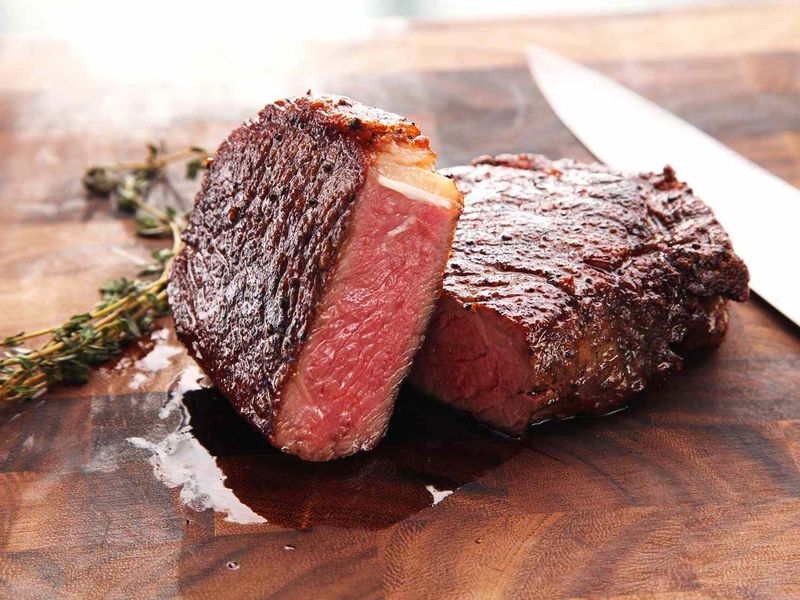
Think searing meat locks in juices? Not so fast. While the sizzling sound and enticing aroma suggest juicy perfection, the truth is searing actually causes moisture loss. However, all is not lost! What searing does brilliantly is create a rich, flavorful crust through the Maillard reaction.
This chemical process browns the meat, adding depth and complexity to the taste. So, next time you sear your steak, remember it’s all about flavor, not moisture.
The key to juicy meat lies in cooking it to the right temperature and letting it rest. This allows the juices to redistribute, resulting in a tender bite. So, sear away for taste, not texture.
2. You Must Rinse Pasta After Boiling
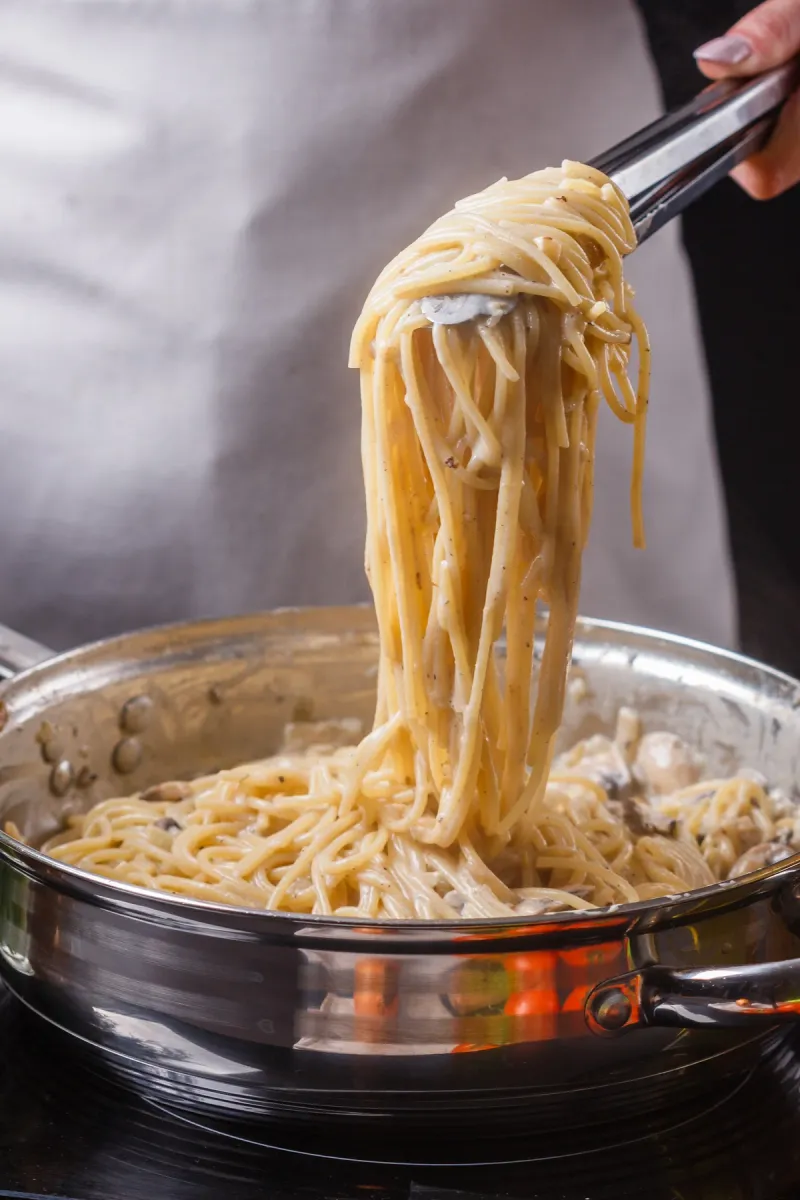
Many swear by rinsing pasta after boiling, thinking it removes excess starch.
In reality, this practice is best left for cold pasta salads. The starchy residue on freshly boiled pasta is your secret weapon for a sauce that clings delectably to every noodle.
Rinsing washes away this starchy goodness, leaving a slippery surface. Instead, embrace the starch! It’s the unsung hero that turns a good pasta dish into a great one. Next time, skip the rinse, and watch your sauce adhere like magic.
3. Alcohol Completely Cooks Off During Cooking
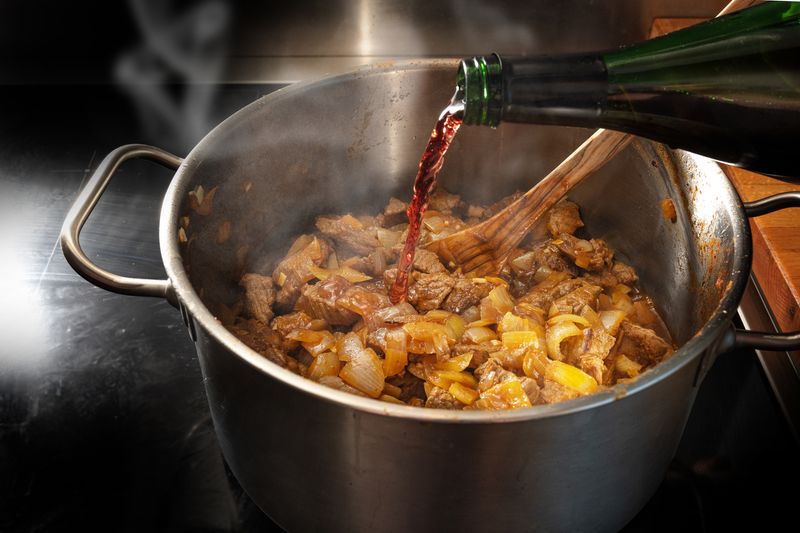
Cooking with alcohol? Many believe it all evaporates away, but alas, that’s a culinary myth. Depending on the cooking method and time, some alcohol does linger in the dish.
Simmering, baking, or flaming won’t completely banish the booze; it simply reduces its potency.
In fact, a surprising amount of alcohol remains, adding a subtle depth to flavors without overpowering the dish. So, if you’re cooking for those avoiding alcohol, consider this fact. Let this myth uncork your curiosity in the kitchen!
4. Salt Makes Water Boil Faster
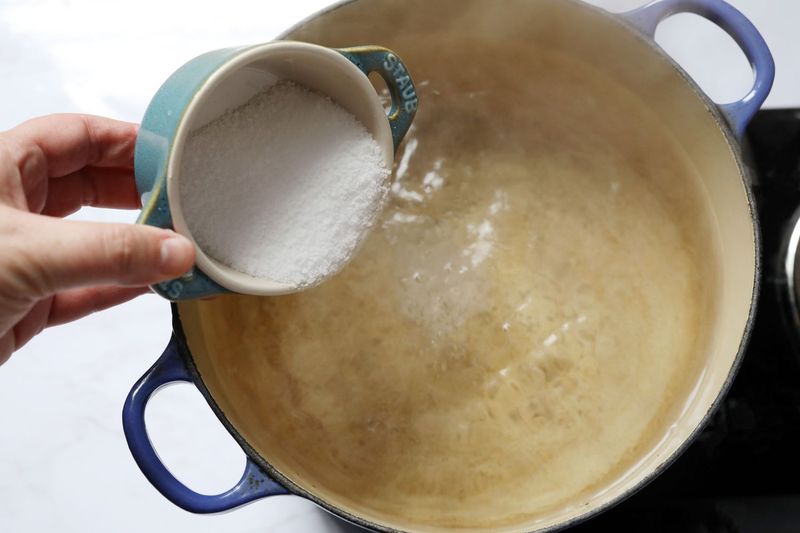
Sprinkling salt into water to make it boil faster is a classic kitchen misconception. Contrary to popular belief, salt actually raises the boiling point of water.
This means it takes a bit longer to boil when salted. However, in practice, the time difference is negligible unless you’re attempting to create an ocean in your pot.
The real reason to salt your water? Flavor! Salt brings out the taste in pasta and vegetables. So, season away, but know it’s not a time-saving trick.
5. Microwaves Cook from the Inside Out

Microwaves magically cooking food from the inside out is a widespread misunderstanding. The reality is quite the opposite. Microwaves heat food starting from the outer layers, working their way inward.
This is because the waves excite water molecules on the surface first, gradually warming the core.
So, next time your food heats unevenly in the microwave, blame physics, not the appliance. Understanding this can help you arrange food more effectively for even cooking.
6. You Can’t Cook with Olive Oil Because of Its Low Smoke Point
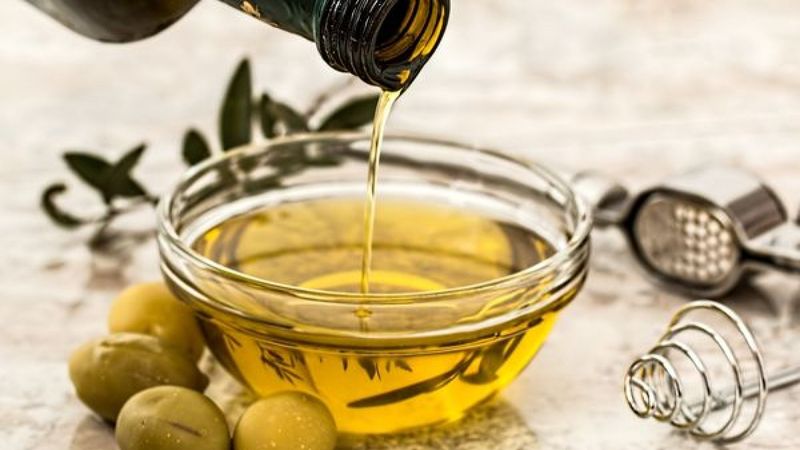
The myth says olive oil isn’t suitable for cooking due to its low smoke point, but let’s set the record straight. While extra virgin olive oil does have a lower smoke point than some oils, it handles medium-heat cooking like a champ.
Its robust flavor enhances dishes beautifully, making it a staple in many kitchens.
So, toss those worries aside and sauté with confidence! Olive oil not only adds taste but also offers health benefits. Just avoid high heat, and you’re golden.
7. Rare Pork is Dangerous
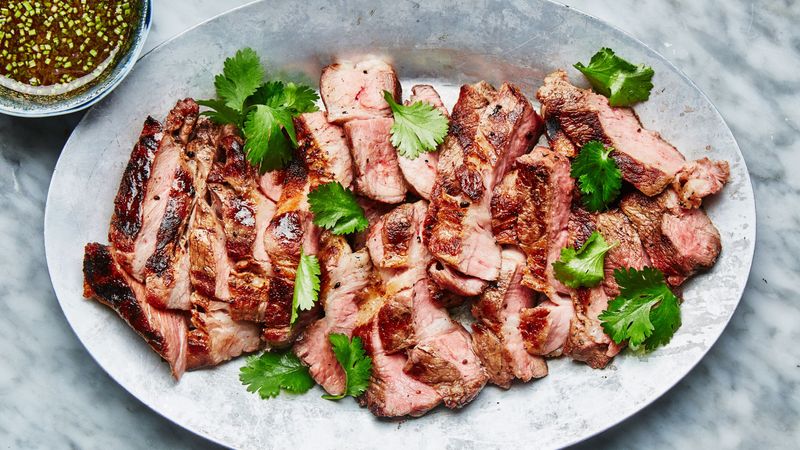
Cooking pork to a grey, dry finish is a relic of the past. With trichinosis nearly eradicated, today’s pork is safe when cooked to a slight pink.
Reaching 145°F with a rest period ensures both safety and succulence. In fact, this approach often leads to a more flavorful, juicy meal.
So, liberate your pork chops and embrace the pink! It’s a new era of pork perfection.
8. The Red Juice in Meat is Blood
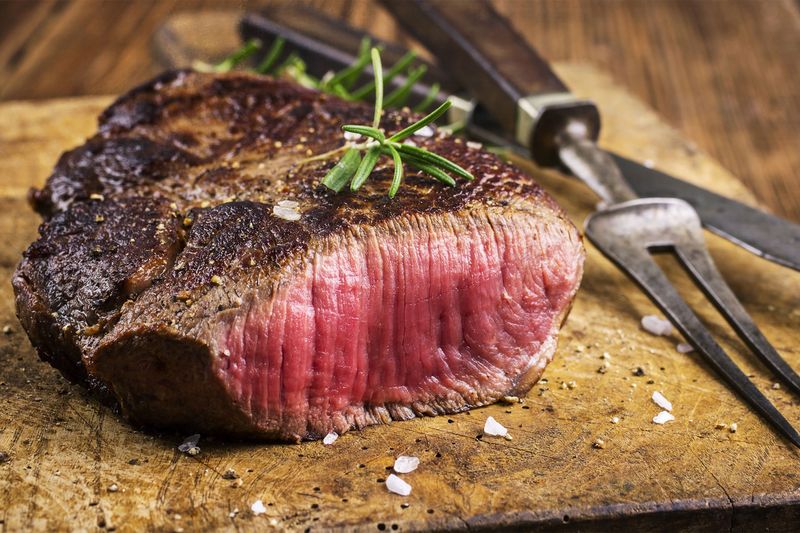
That red juice seeping from your steak? It’s not blood, but a protein-rich liquid called myoglobin. Meat is drained of blood long before it reaches your plate.
This vibrant liquid keeps meat juicy and flavorful, contributing to its succulent taste.
So, fear not the red! Embrace the tasty truth behind your favorite cut of meat.
9. You Should Flip Your Steak Only Once
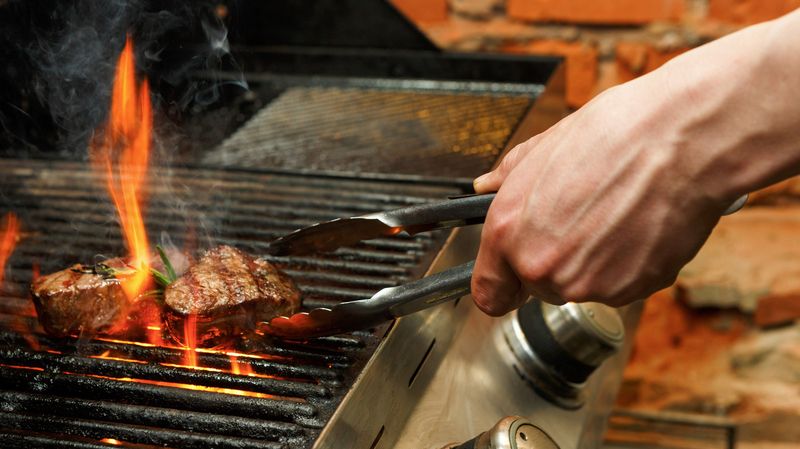
The one-flip rule is a steak-cooking legend, but here’s the twist: more flipping can lead to more even cooking. By turning the steak multiple times, you achieve a better crust and consistent interior temperature.
Forget the snobbery; embrace the flip!
Not only does it help in achieving grill master status, but it also transforms your steak into a juicy masterpiece.
10. Adding Oil to Pasta Water Prevents Sticking
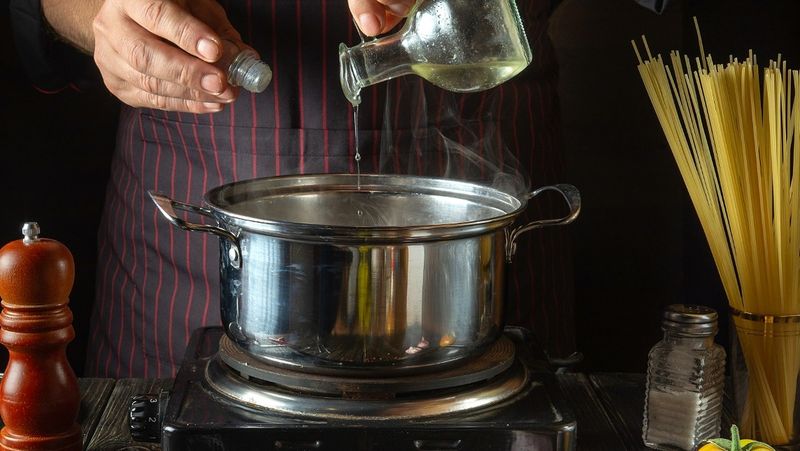
Pouring oil into pasta water to prevent sticking is a culinary myth with slippery consequences. Oil merely floats on the surface, doing little to keep pasta from clumping.
In fact, it can hinder sauce from adhering properly later on. Instead, a gentle stir during the initial moments of boiling does wonders.
So, keep your oil for the sauce and let the water boil naturally. Your pasta will thank you for it and so will your taste buds.
Leave a comment